There are several advantages to open ear audio systems. In terms of comfort, the ear pinna and tragus are highly sensitive, making it beneficial to leave them untouched for long-term comfort. An open design also eliminates concerns about thermal buildup. Furthermore, the acoustic waves of the sound source to naturally diffract around a user's ear which has benefits for perceived spaciousness (stereo image/ERTF) and sound source localization, contributing to the advancement of AR/VR scene realism.
However, a major audio issue with these devices is usually limited bandwidth. Traditional headphone designs require a seal to the ear to reproduce low frequencies with a small driver. Conversely, sealed box microspeaker designs such as those found in laptops and cell phones need a large speaker diaphragm or displacement (volume velocity) and back air volume to produce both low frequencies and the required output level. Such a large and heavy implementation is not typically possible on head-worn products. High frequencies are also often compromised by porting designs and diaphragm break-up modes. This article demonstrates a method of open ear speaker design known as the Dipole design, which utilizes the proximity effect to enhance low-frequency output and increase privacy (the ability of others nearby to hear the wearer's audio). One potential tradeoff, among many possibilities, is illustrated when implementing the dipole effect stretched excessively, impacting high-frequency response.
Smart Glasses Free-Field Measurement
Smart Glasses Simulation
| Acoustic simulation is a useful tool to determine the sensitivity of the output to various input parameters, even if physically realizing the geometry is difficult or impossible. IAR often uses lumped element method (LEM) simulation to quickly guide design decisions. Here, LEM has shown Low-frequency output can be improved by increasing the distance between the speaker ports in the stem of the glasses: |

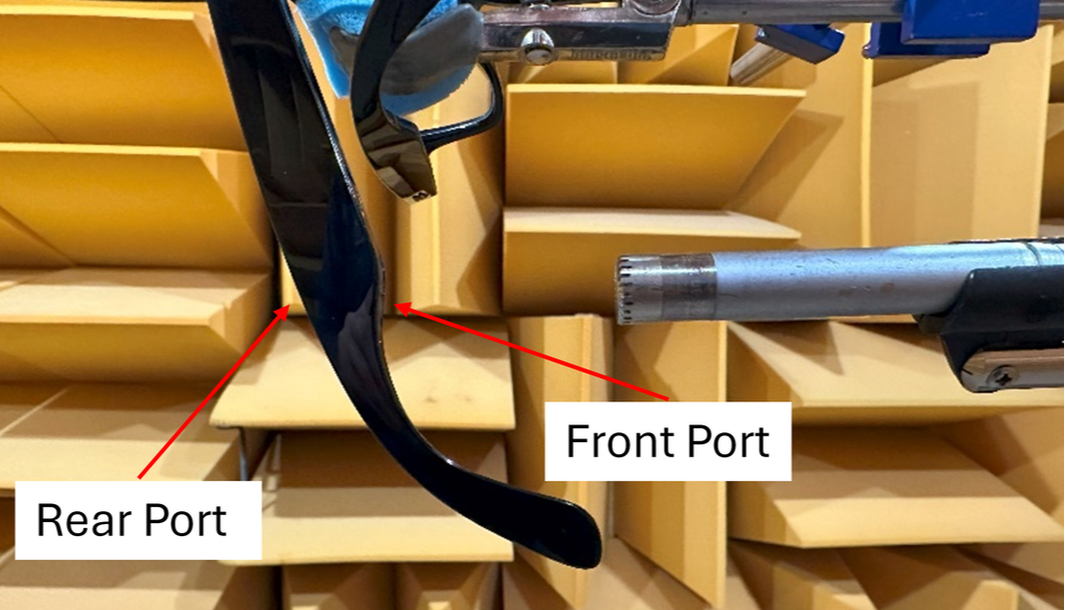
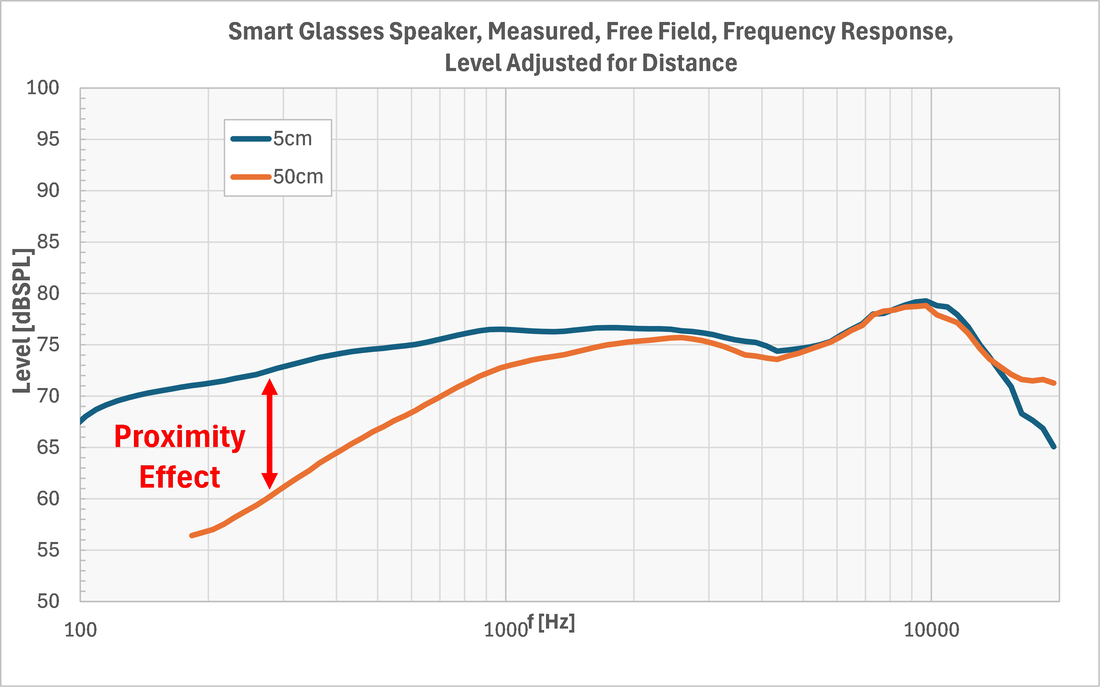
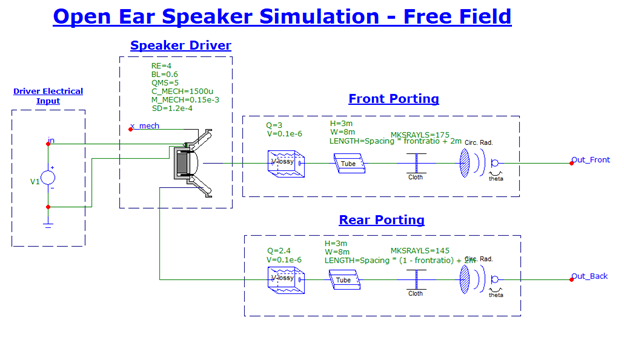
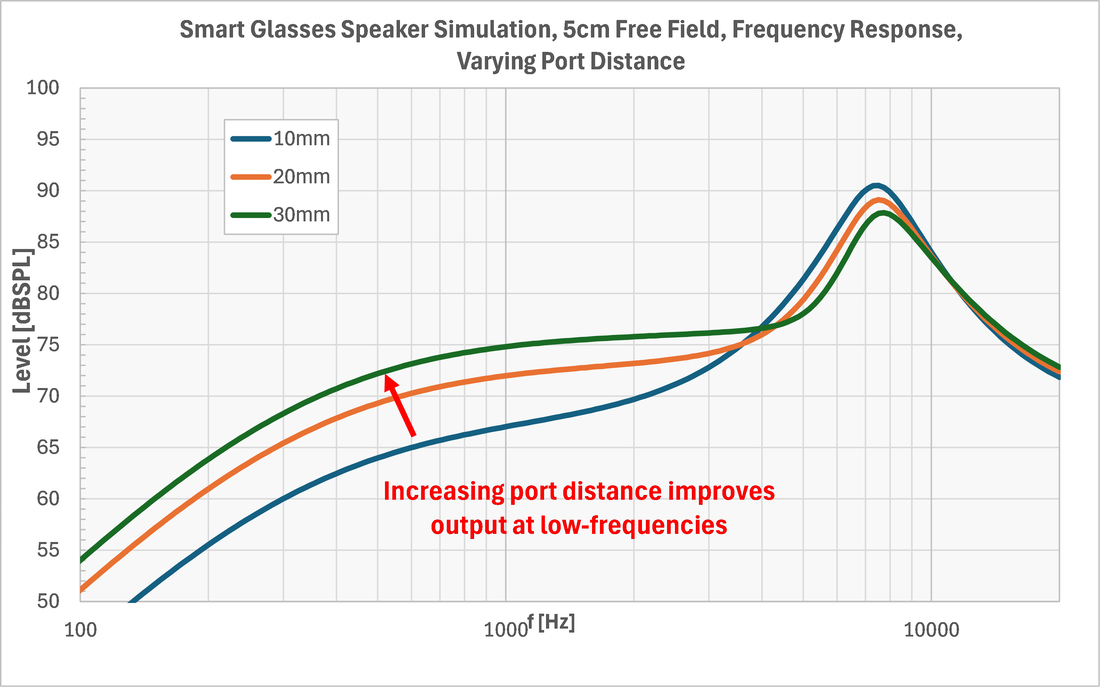
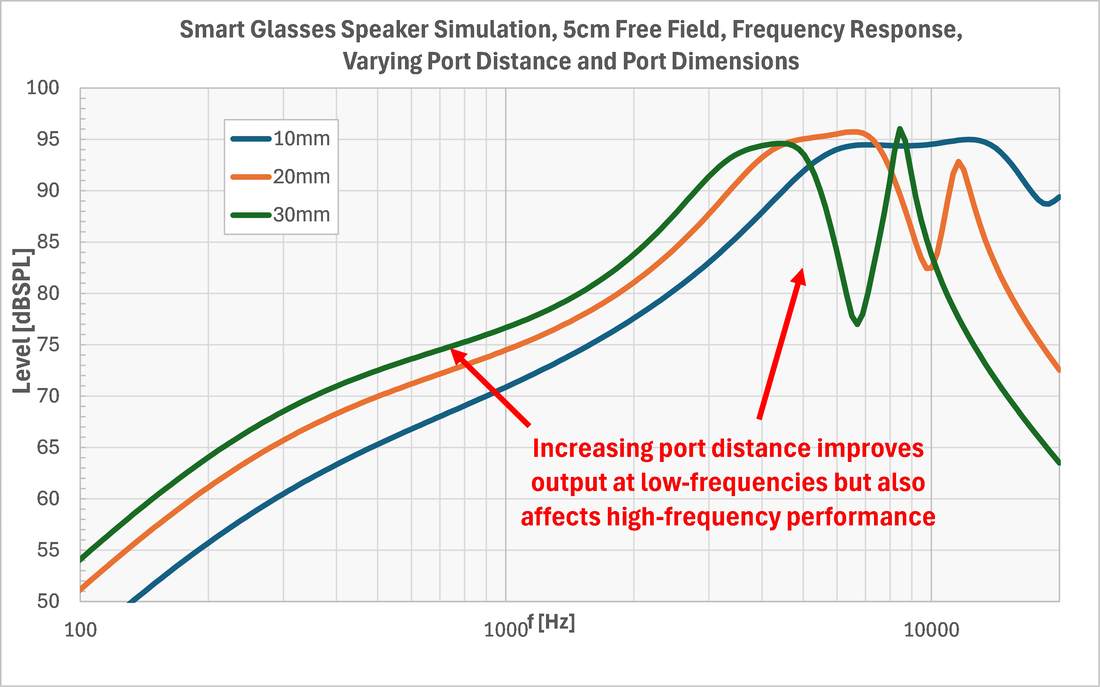
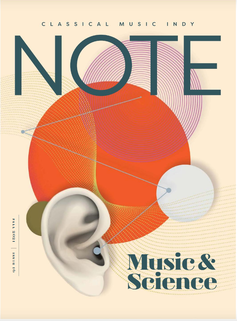
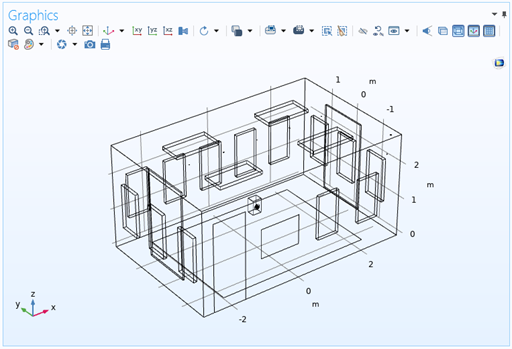
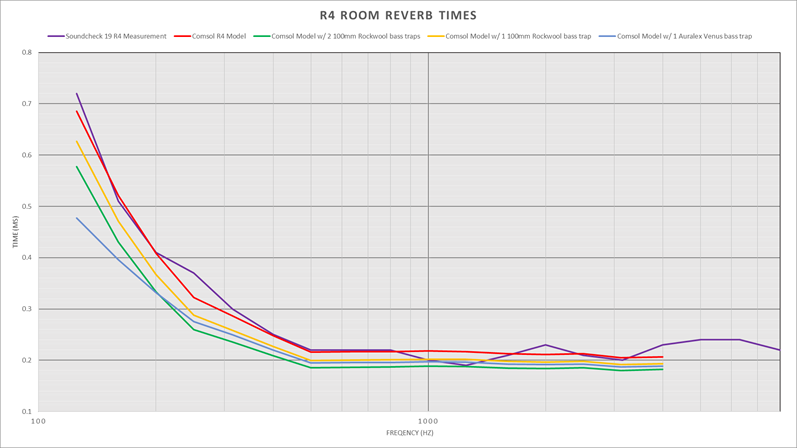
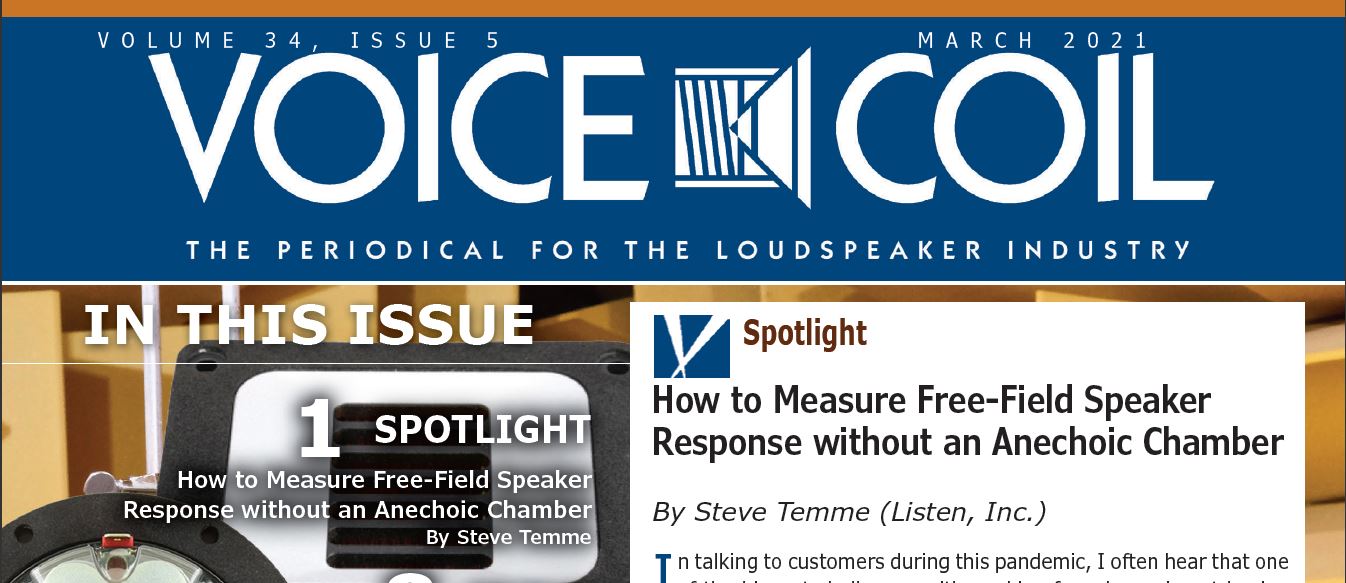
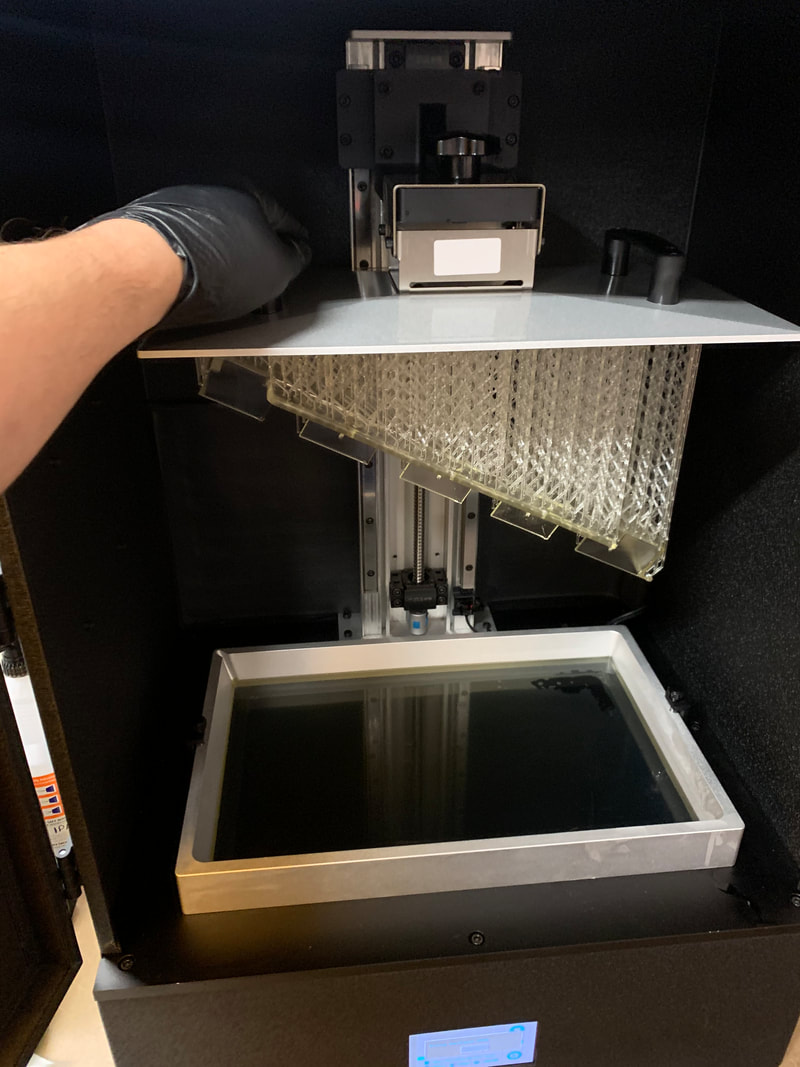
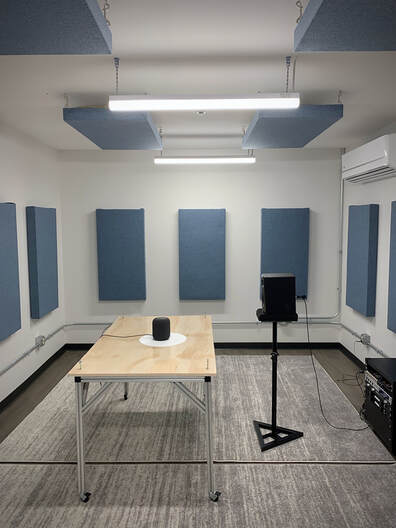
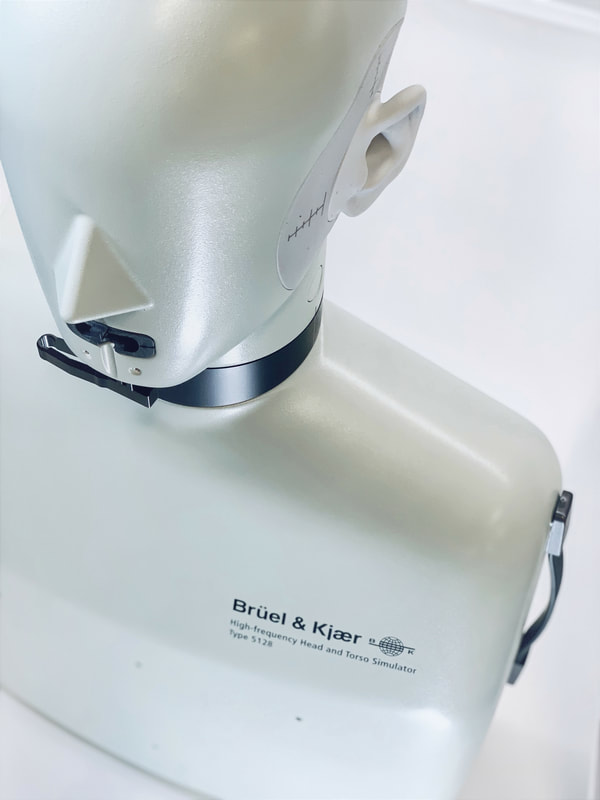
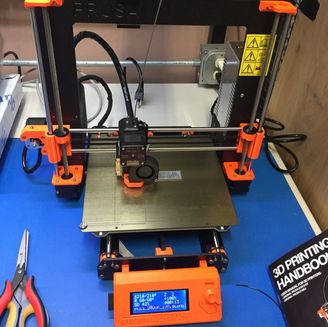

 RSS Feed
RSS Feed